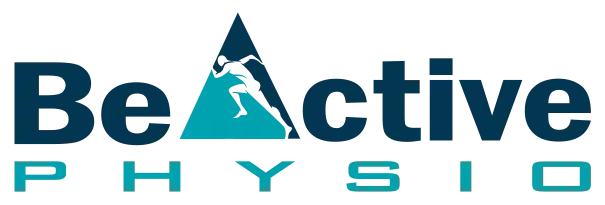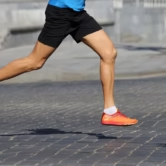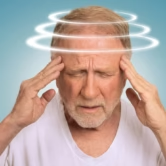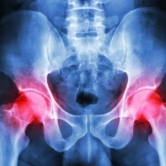Finally Relieve Those Aches in Your Back with Physiotherapy
Find the Answer to Your Back Pains Today! Most Americans will suffer temporary back pain at some point in their lives. When back pain is not temporary, however, it becomes a major quality of life issue. The American Physical Therapy Association states that back pain is the most commonly experienced…




